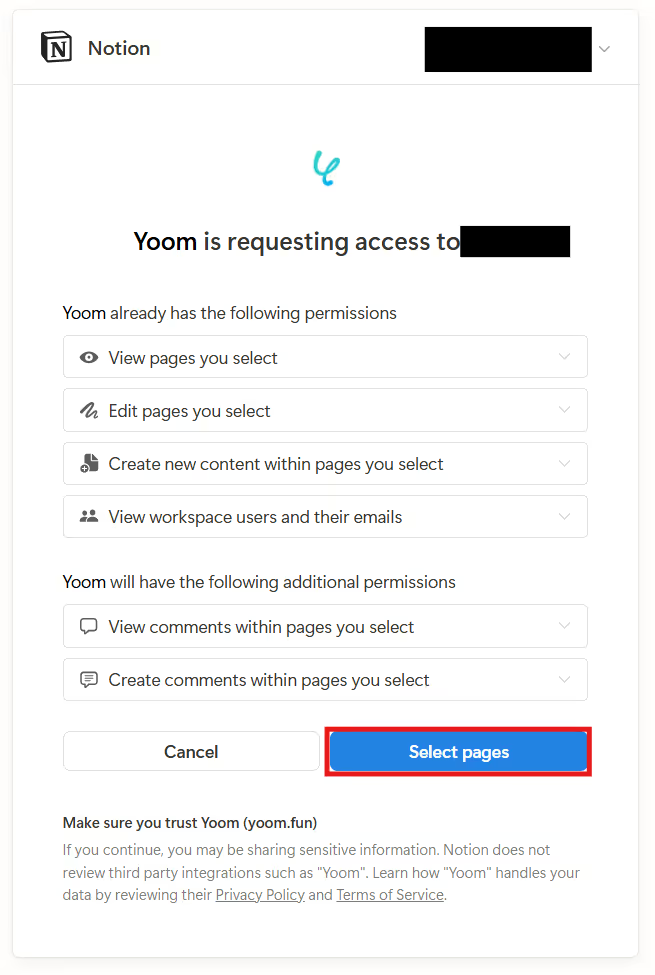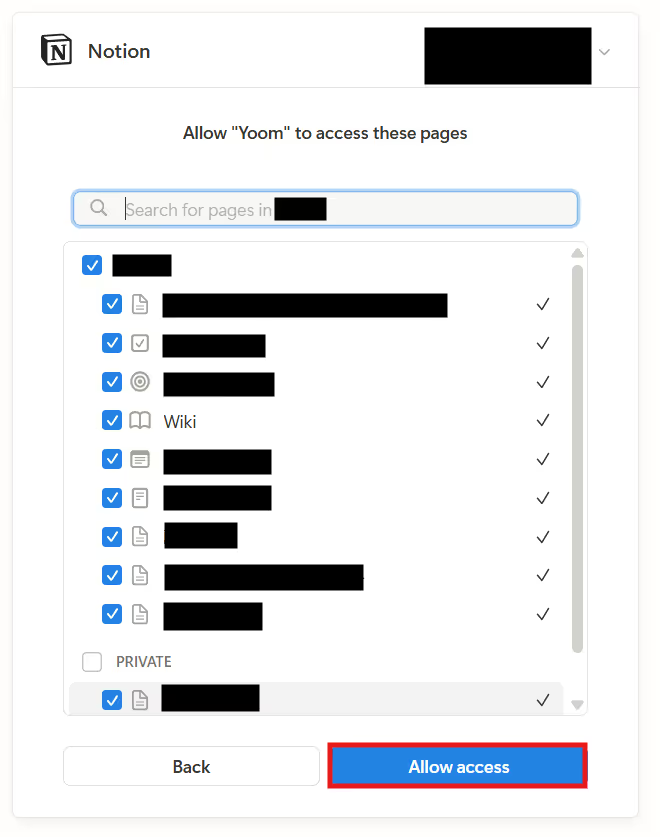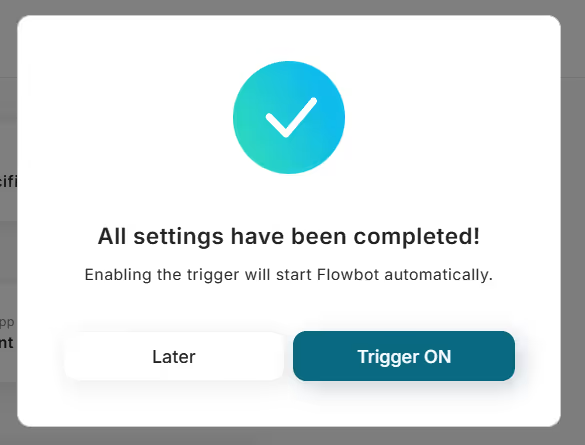[About Yoom]
How to Notify in Outlook About Content Added to Notion
It is possible to achieve this by receiving notifications when a page is created in Notion using Notion's API and sending notifications to a specified email address using Microsoft's Outlook API.
Generally, programming knowledge is required to achieve this, but with the no-code tool Yoom, it can be easily accomplished without programming knowledge.
- Connect Yoom with Notion and Outlook as My Apps
- Copy the template
- Configure the flow details
- Turn on the trigger
If you are not using Yoom, please register for free here.
If you are already using Yoom, please log in.
Step 1: Connect Notion and Outlook as My Apps
First, connect Notion and Outlook in Yoom. After logging into Yoom, click "Add" from the "My Apps" menu on the left.

When the search window appears, enter the app name and search.
Connect Notion as My App
※Before connecting as My App, create the data page to be used in the flow.
Enter your Notion login information and click "Select pages".

Proceed to the next step to display a list of pages created in Notion.

The pages with checks here are connected with Yoom.
If you create a page to be used in the flow after connecting as My App, you need to reconnect and check it.
Click "Allow access" to complete the My App connection between Yoom and Notion.
Connect Outlook as My App
Sign in to your Microsoft account.

Enter the Microsoft account information you want to connect, and it will automatically complete the connection with Yoom.
No complicated settings are required! ※For Microsoft365 (formerly Office365), if you are not subscribed to the general business plan (Microsoft365 Business), authentication may fail.
Make sure it is added to the My Apps list.

Next, move on to configuring the flow details.
Click "Try it" from the banner below to copy the template.














.avif)















.avif)









